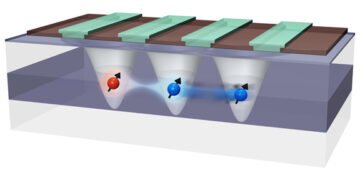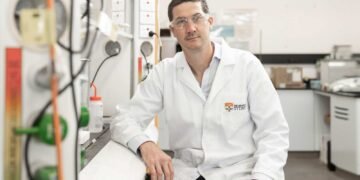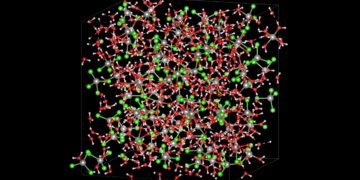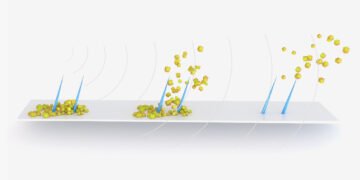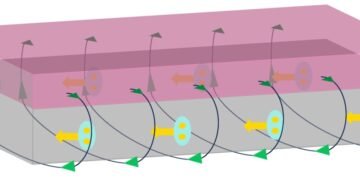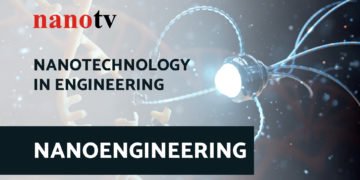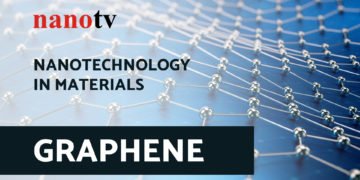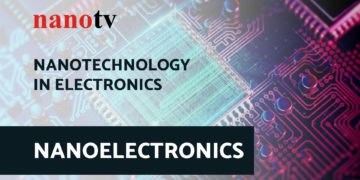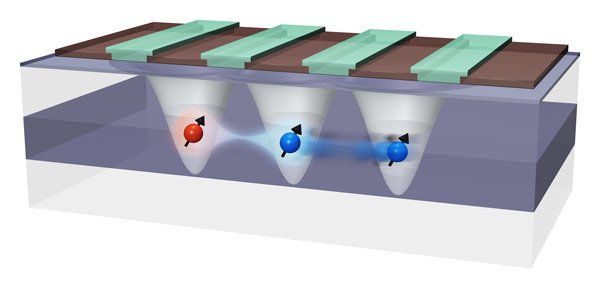Connecting distant silicon qubits to quantum computers which helps to create a large and complex computer based on silicon quantum dots.
In a demonstration that promises to help develop a quantum computer based on tiny silicon dots, scientists at RIKEN have successfully connected two qubits – a key component of quantum information – that are physically isolated.
Many computer players, including IBM, Google and Microsoft, are working hard to create quantum computers, some of which have proven to be much more powerful than ordinary computers for certain types of calculations. But one of the biggest challenges in creating commercially viable quantum computers is the ability to scale them from hundreds of qubits to millions of qubits.
In terms of technology, one of the first materials to achieve large-scale quantum computing is silicon quantum dots of a few tens of nanometers in diameter. One important advantage is that they can be manufactured using existing silicon manufacturing technology. But one obstacle is that, while it is easy to connect two quantum dots side by side, it has been shown to be difficult to connect quantum dots that are far apart.
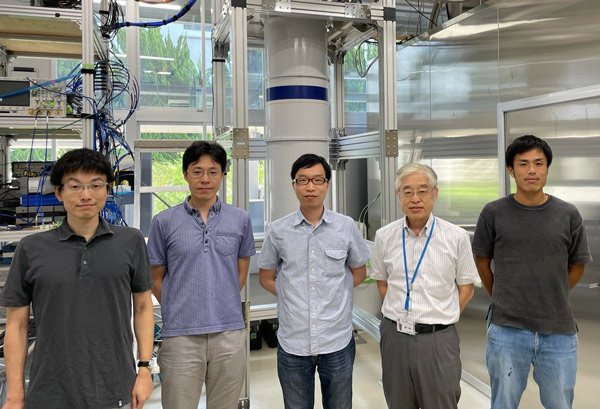
“To connect many qubits, we have to keep many of them in a small area,” says Akito Noiri of the RIKEN Center for Emergent Matter Science. “But it’s also difficult to connect such large qubits with wires.”
Now, Noiri and his colleagues have made a two-qubit logic gate between silicon spin qubits.
“Although there has been a lot of work in this area using different methods, this is the first time anyone has succeeded in demonstrating a reliable logic gate made from two qubits far,” says Noiri. “The demonstration opens the possibility of extending quantum computing based on silicon quantum dots.”
To connect the two qubits, the team used a technique known as a coherent spin shuttle, which allows one-spin qubits to be moved across the quantum dot array without affecting their timing, which is important for quantum dots. quantum computer because it carries information. . This process involves pushing electrons through a network of qubits by applying a voltage.
Although the physical separation between two qubits is short, Noiri is confident that it can be extended in future studies. “We want to increase that separation to about a micrometer or more,” he says. “This will make the process easier for future use.”
Source: RIKEN
